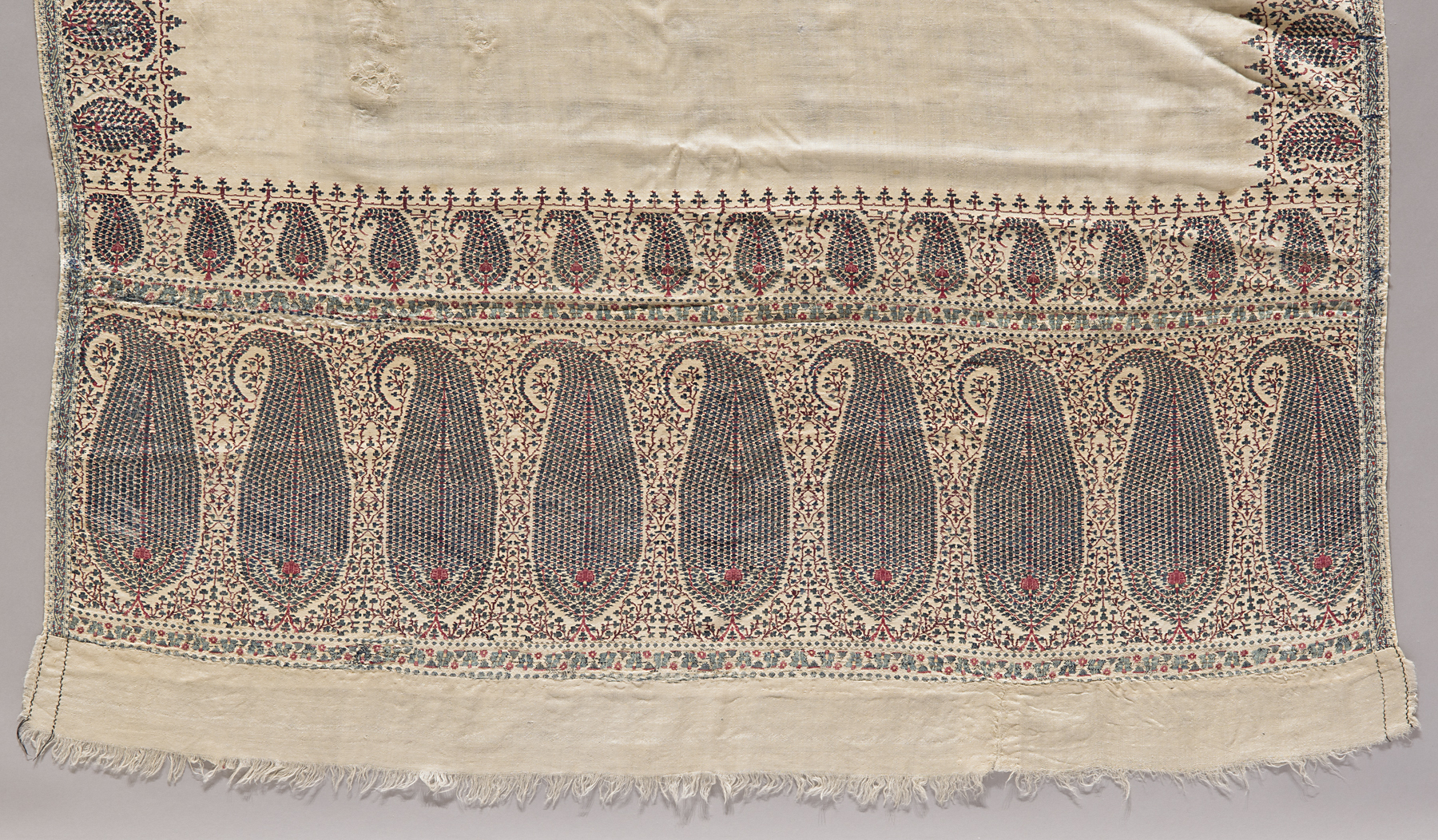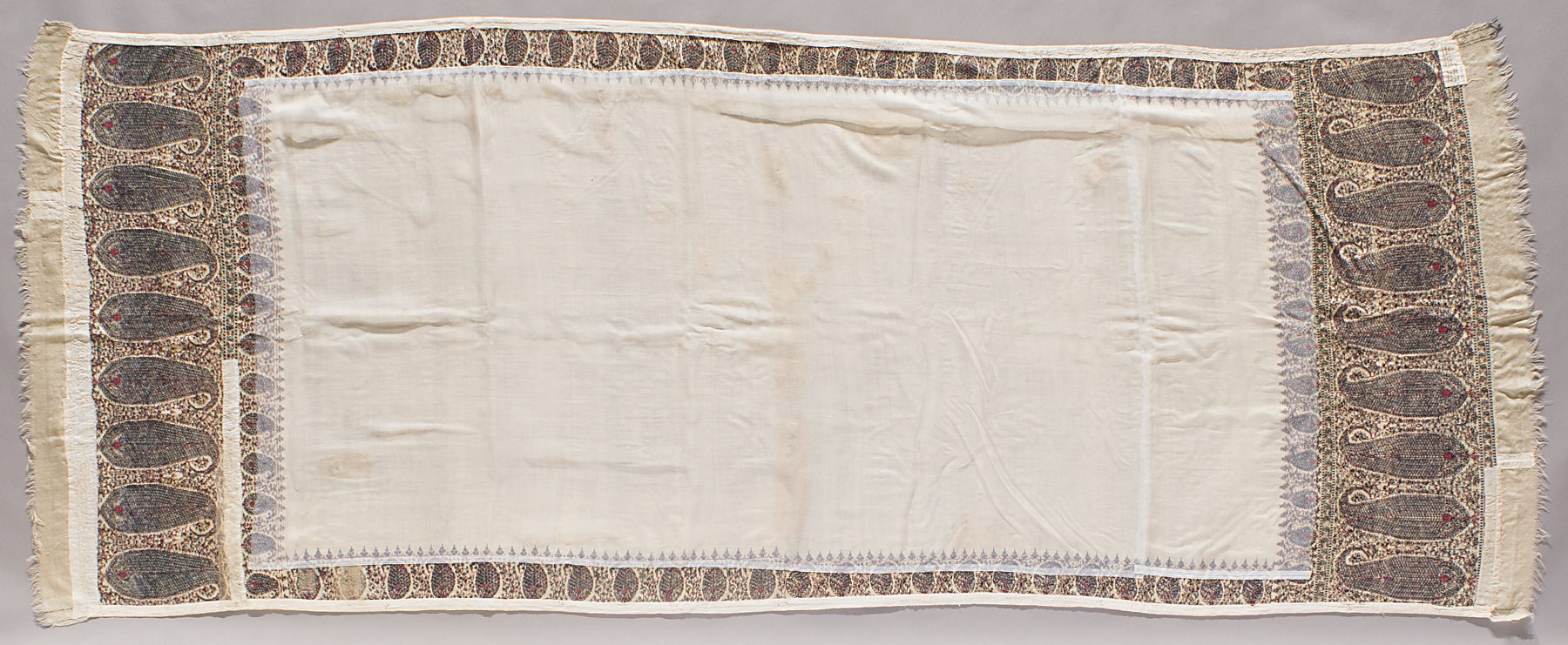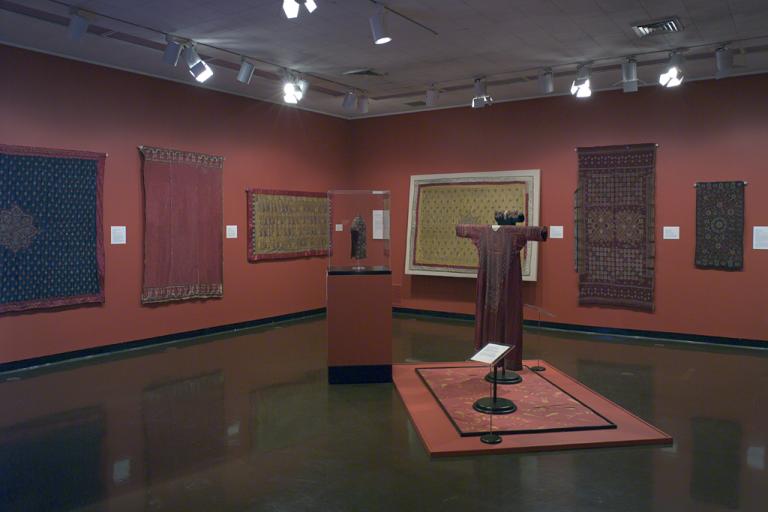Kashmir shawl, unknown maker from India
Artwork Overview
Kashmir shawl
, 1820s
Where object was made: Kashmir, India
Material/technique: cashmere; twill
Credit line: William Bridges Thayer Memorial
Accession number: 1928.0751
Not on display
If you wish to reproduce this image, please submit an image request




